Rue Ssam-bap de Gyeongju(경주 쌈밥거리)
6.8Km 2025-04-02
9, Gyerim-ro, Gyeongju, Gyeongsangbuk-do, Corée du Sud
La ville de Gyeongju, riche en patrimoine culturel brillant de Silla, peut être décrite comme un véritable site historique. C'est aussi une région célèbre pour sa gastronomie. Elle abrite de nombreux quartiers réputés, comme ceux de Hwangnam-bbang, de la soupe de récupération coréenne(haejangguk), du bulgogi et de la soupe de poisson épicée(maeuntang). En particulier, la zone autour de Daereungwon est renommée pour ses ruelles de ssam-bap. Le plat principal, le ssam-bap, est servi avec des accompagnements copieux, y compris du poisson savoureux et de la viande, ainsi qu'un jjigae de sauce de soja préparé avec du doenjang fait maison, et une sélection fraîche et variée de légumes à envelopper. Chaque restaurant propose une variété de menus, tels que des ssam-bap avec bulgogi grillé et du bulgogi de boeuf.
Yongganggukbap (용강국밥)
6.8Km 2021-03-20
70, Bonghwang-ro, Gyeongju-si, Gyeongsangbuk-do
+82-54-745-6446
The locals’ favorite restaurant that sells Korean-style soups. The best menu at this restaurant is rice soup. This Korean dishes restaurant is located in Gyeongju-si, Gyeongsangbuk-do.
Tombe Cheonmachong (Daereungwon) (천마총(대릉원))
6.8Km 2025-06-16
9, Gyerim-ro, Gyeongju-si, Gyeongsangbuk-do
+82-54-750-8650
De grandes tombes anciennes des rois et de la noblesse de la dynastie Silla peuvent être visitées aux alentours de la ville de Gyeongju, notamment dans le parc Daereungwon. Vous trouverez dans ce lieu vingt-trois grandes tombes ainsi que les tombes anciennes les plus fameuses du pays, dont la tombe Cheonmachong et la tombe Hwangnamdaechong. Lors des fouilles pratiquées dans cette région durant les années 1970, la tombe Cheonmachong a été découverte avec une peinture d’une selle de cheval d’où son nom ('ma' signifie cheval en coréen). Cette peinture est la seule de la dynastie Silla à avoir été découverte. Vous pouvez également entrer et visiter l’intérieur de la tombe Cheonmachong. On compte 11.526 reliques et couronnes du roi à l’intérieur de la tombe, montrant le style de vie luxueux du roi. La tombe Hwangnamdaechong est l'autre grande attraction touristique du lieu, il s'agit là de la plus grande tombe ancienne. Elle abrite les corps du roi et de la reine et plus de 30 milliers de reliques et de bijoux en or. Il est à noter également à propos de la tombe Hwangnamdaechong que la tombe de la reine possède le plus d'accessoires de luxe. De là, les chercheurs ont conclu que même la reine pouvait avoir une position sociale très élevée même avant de se marier. Lors de votre visite, vous pourrez faire la découverte de la culture ancienne de la Corée, une culture de plus de 1 500 ans.
Gyeongjuhanok 1st [Korea Quality] / 경주 한옥 1번가 [한국관광 품질인증]
6.8Km 2021-04-01
20, Cheonwon 1-gil, Gyeongju-si, Gyeongsangbuk-do
010-9505-5367
As a new hanok guesthouse, Gyeongju Hanok 1st is located at the entrance to Cheonwon Village, Gyeongju, Gyeongsangbuk-do. It has various modern amenities while preserving the features of a traditional Korean house. The guesthouse is kept cool in summer and warm in winter, so guests can experience the traditional Korean house. It has various rooms in different sizes that can accommodate 3 - 8 people. There is a stand-alone guesthouse furnished with kitchen and bathroom as well. All other rooms also have a bathroom inside, but the kitchen must be shared among the guests. There are no beds in the room as is typical of a traditional Korean house, but there are high-quality sheets and blankets for the comfort of the guests. The guesthouse has a large front yard with a miniature traditional Korean house with dolls adorned in traditional clothes, not to mention other traditional artifacts. Popular tourist destinations within the vicinity of the guesthouse include Anapji Pond, Cheomseongdae, and Gyeongju National Museum.
Tombeau Geumgwanchong (금관총)
6.8Km 2020-04-28
Noseo-dong, Gyeongju-si, Gyeongsangbuk-do
+82-54-779-6100
Geumgwanchon, situé à Noseo-dong (Gyeongju), est un tombeau de la Dynastie Shilla (-57 à 935 ap JC). Il s’agit de l’un des trois tombeaux du centre ville de Gyeongju appartenant au district Noseo-dong Tomb.
Le Tombeau Geumgwanchon est considéré comme le tombeau d’un roi avant ou après le règne du Roi Ji-Jeung, au début du 6ème siècle (500-514). L’on ne sait exactement à qui il appartient.
Il fut découvert en Septembre 1921, lorsque le fief fut passé au peigne fin après qu’un civil eut nivelé le sol afin d’élargir son terrain constructible. La première relique trouvée dans ce tombeau fut une couronne en or (« Geumgwan », ayant donné son nom au tombeau). Des ornements tels que des ceintures en or, des boucles d’oreille, des bracelets, des selliers ainsi que des vaisselles datant de l’époque des Trois Royaumes (lorsque Goguryeo, Baekje et Silla étaient séparés -réunifiés plus tard par Silla en 676-) furent désensevelis. Il y avait de très nombreuses reliques, dont certaines garnies de perles représentant à elles seules un total de plus de 30 000.
La structure originelle de Geumgwanchong était de 13m de haut et de 50m de diamètre. Les reliques du tombeau furent déplacées et sont désormais conservées par le Musée National de Gyeongju.
Wadamjung [Korea Quality] / 와담정 [한국관광 품질인증]
6.8Km 2023-04-13
18, Cheonwon 1-gil, Gyeongju-si, Gyeongsangbuk-do
+82-54-772-5400 / +82-10-6571-3412
Wadamjung in Cheonwon Village, Gyeongju is a modern traditional Korean guesthouse built in May 2017, with both the features of a traditional Korean house and modern facilities such as air conditioner and bathroom. It has a total of nine guestrooms that can accommodate three to six people, and there is a kitchen that can be shared among the guests. A large group can book a stand-alone guestroom that can accommodate up to 12 people, inclusive of a kitchen. There are various traditional artifacts and items with which to play a traditional game in the large yard, such as Jegi (Korean shuttlecock game) and Tuho (Arrow-throwing). In addition, there are a number of tourist destinations such as Cheomseongdae in Wolseong District, with lots of historical sites in Gyeongju as well as Gyeongju National Museum.
Rue Hwangnidangil à Gyeongju(경주 황리단길)
6.8Km 2025-06-10
1080, Poseok-ro, Gyeongju, Gyeongsangbuk-do, (Hwangnam-dong)
La rue Hwangnidan-gil est la plus jeune de Gyeongju, son nom étant une combinaison de Hwangnam-dong et de Gyeongridan-gil, qui signifie "la rue Gyeongridan-gil de Hwangnam-dong". Elle s'étend de la croisée de Naenam à la croisée près de l'école élémentaire de Hwangnam, englobant les zones de Hwangnam-dong et de Sajung-dong des deux côtés de la route.<br>
Cette rue conserve des bâtiments anciens des années 1960 et 1970, permettant de ressentir l'atmosphère d'antan. Depuis quelques années, elle attire de plus en plus de jeunes, avec des cafés au bon ambiance, des boutiques de décorations originales, des magasins de souvenirs et des restaurants uniques. Au début, les magasins étaient concentrés le long de la route, mais avec l'extension de Hwangnidan-gil, des boutiques distinctes commencent à s'installer dans les ruelles.<br>
Elle est devenue un incontournable lors d'un voyage à Gyeongju, et permet de visiter des attractions voisines comme l'Observatoire de Cheomseongdae et Daereungwon, faisant de cet endroit un site touristique prisé.<br>
Festival Culturel de Silla (신라문화제&경주떡과술잔치 2013)
6.9Km 2022-09-15
1022 Hwangseong-dong Gyeongju-si Gyeongsangbuk-do
Ligne Info Tourisme Corée : +82-2-1330 Office du tourisme de Gyeongju 054-772-3843 Plus d'info 054-748-7721
Ce festival culturel célèbre la culture et l’histoire de la Dynastie Silla ayant régné de -57 à 935. Il se situe à Gyeongju, ancienne capitale de cette dynastie pendant presque 1000 ans. Cette ville est actuellement un site historique et touristique majeur de la Corée.
Le festival uni les habitants et créé une atmosphère active à travers des programmes comme le gâteau de riz de Gyeongju et le festival des boissons traditionnelles.
Cheongjae Hanok(청재한옥)
6.9Km 2025-04-02
163, Bulguk-ro, Gyeongju, Gyeongsangbuk-do (Madong)
La maison hanok Cheongjae, située à Gyeongju, est un hébergement hanok au charme tranquille. Elle est recommandée à ceux qui souhaitent se détendre dans un espace entouré de pins. Sur réservation, un petit-déjeuner est également proposé, et l'espace de stationnement est ample, ce qui en fait un lieu idéal pour séjourner lors d'un voyage à Gyeongju.
Boulangerie Jeongnyeon-ae: Pain Chaltbori et Tteok Chaltbori(천년애 경주빵 찰보리빵 찰보리떡)
6.9Km 2025-04-02
67, Cheomseong-ro, Gyeongju, Gyeongsangbuk-do, Corée du Sud
Boulangerie Chunnyeonae: Pain Chaltbori et Tteok Chaltbori est située dans la rue Hwanglidan à Gyeongju. L'extérieur, construit en hanok, dégage une atmosphère traditionnelle et élégante. Les plats emblématiques de cet endroit sont le Tteok Chaltbori et le pain. Le Pain Chaltbori et le gâteau de riz utilisent 100 % de l'orge gluant, qui est cultivée à partir de semences semées à la mi-octobre et récoltée au début de juin de l'année suivante. Ils représentent des spécialités de Gyeongju. Étant un en-cas nutritif fabriqué à partir de l’orge gluant cultivée à Gyeongju, qui abrite les vestiges de l'histoire de Silla sur mille ans, ils sont reconnus comme un produit régional phare.
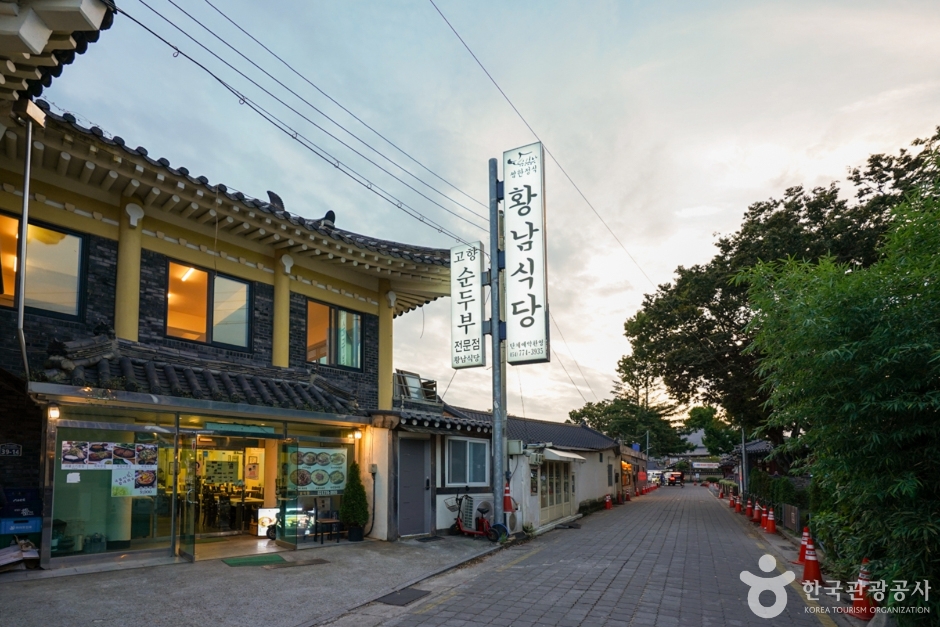
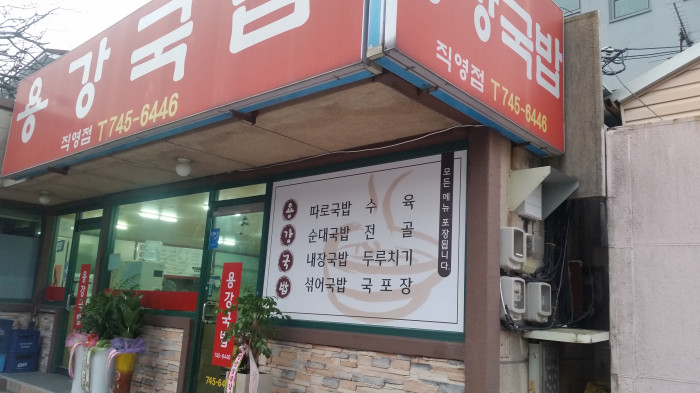
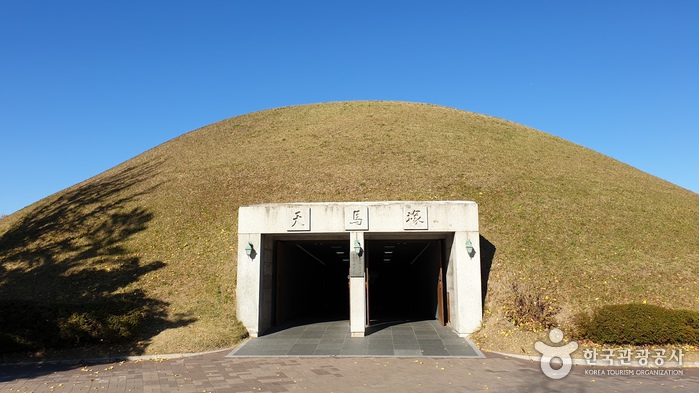
![Gyeongjuhanok 1st [Korea Quality] / 경주 한옥 1번가 [한국관광 품질인증]](http://tong.visitkorea.or.kr/cms/resource/10/2530210_image2_1.jpg)
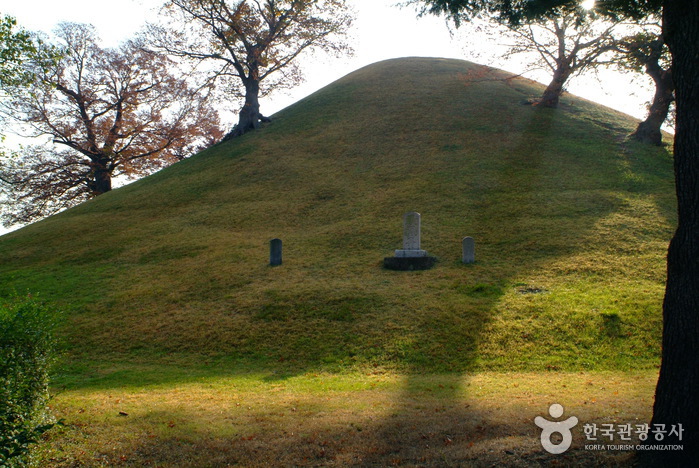
![Wadamjung [Korea Quality] / 와담정 [한국관광 품질인증]](http://tong.visitkorea.or.kr/cms/resource/35/2557635_image2_1.jpg)
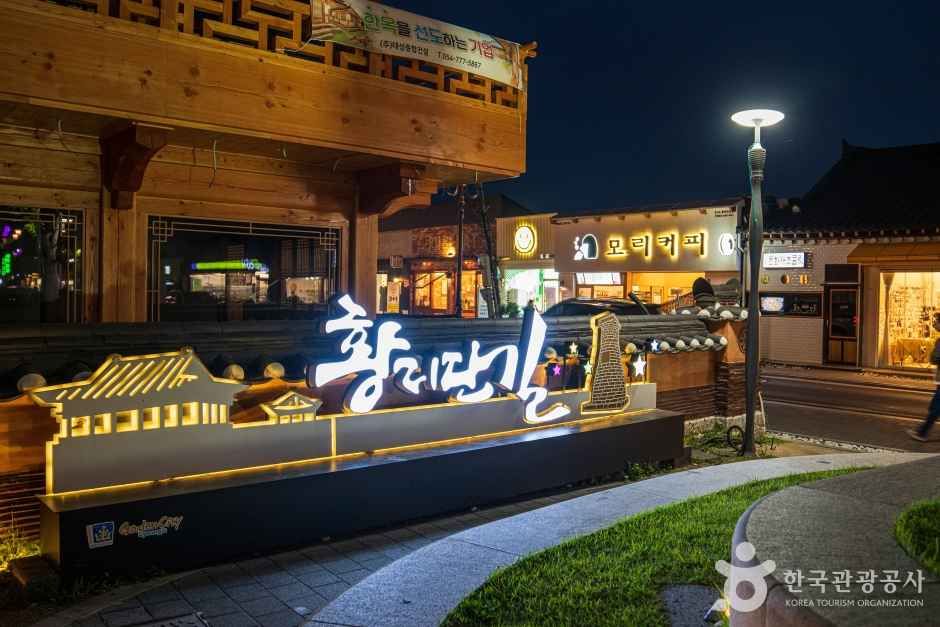
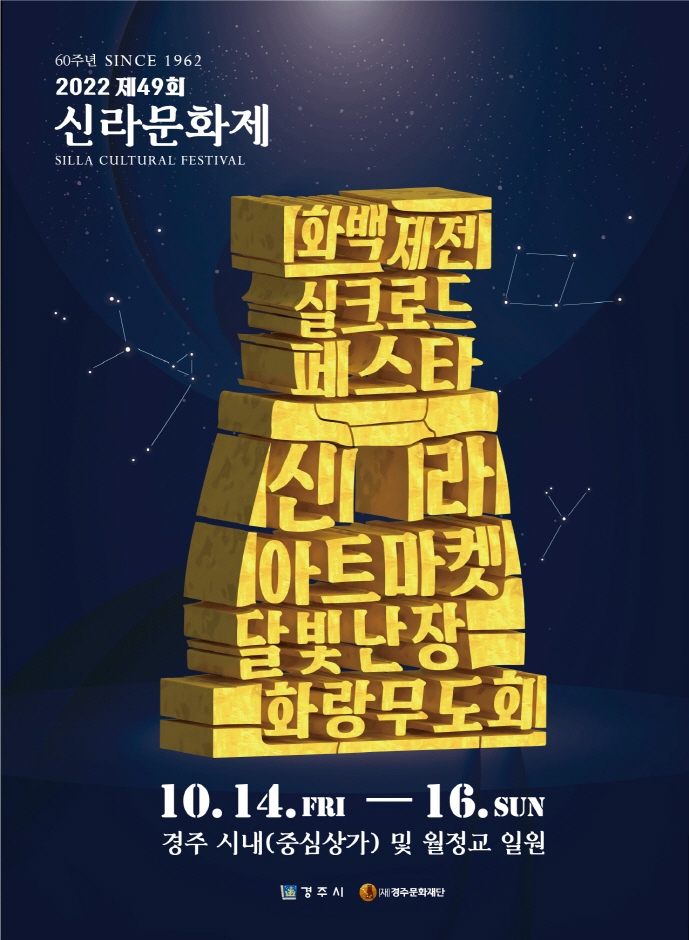
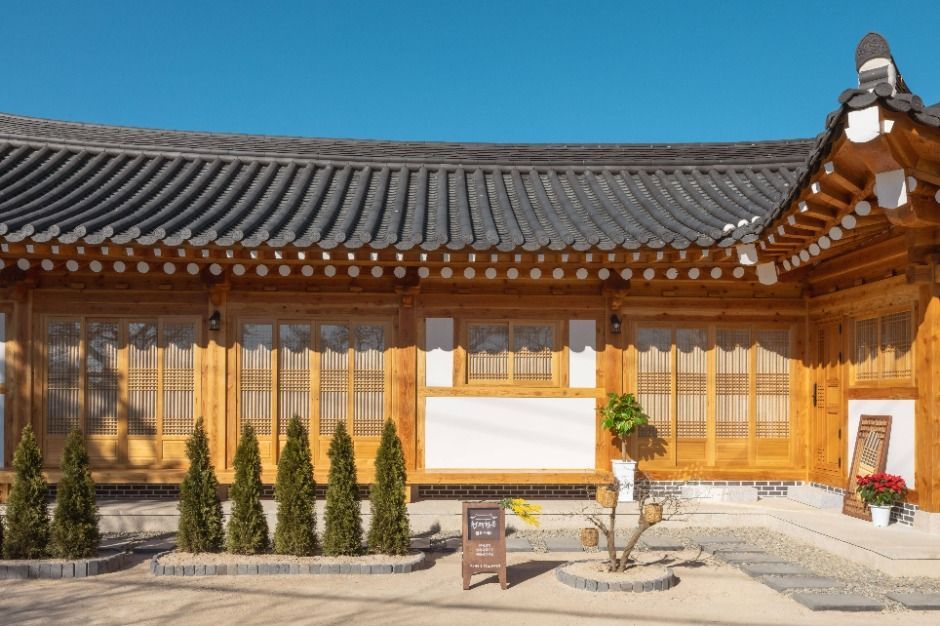

 Français
Français
 한국어
한국어 English
English 日本語
日本語 中文(简体)
中文(简体) Deutsch
Deutsch Español
Español Русский
Русский